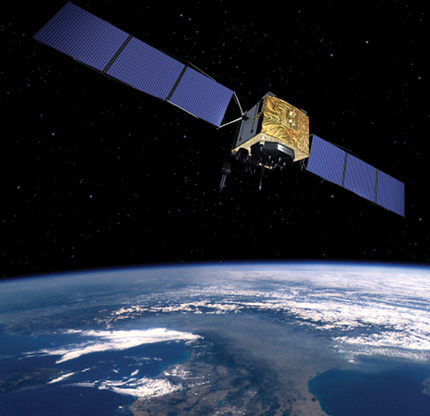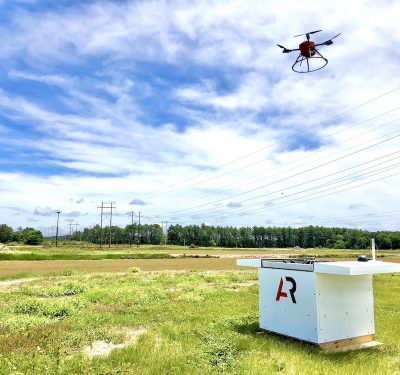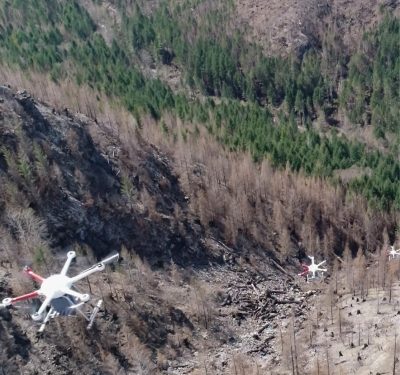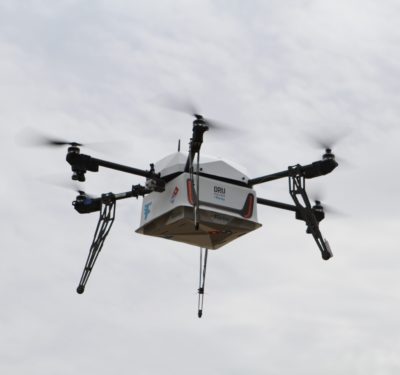
Broadcasting the raw data enabling ADS-B to generate position—data already existing in GPS receivers—could greatly improve collision avoidance and boost overall system reliability, according to navigation signal expert James L. Farrell of VIGIL, Inc.
In a technical paper soon to be published in Inside GNSS magazine and on the websites of Inside Unmanned Systems and Inside GNSS, Farrell describes how using the raw measurements already being used by the receiver to develop the aircraft’s position could make flight path predictions vastly more accurate. Using raw measurements, for example pseudoranges, makes it possible to tightly estimate velocity and therefore determine more precisely whether aircraft will pass dangerously close to one another.
This approach could also make the overall system more robust. In those cases where there are too few satellites in sight to make a position determination, ADS-B has nothing to broadcast. The raw data is still available, however, and flight path tracking can be accomplished, if less thoroughly, with this partial data set. Starting with the raw ingredients instead of the final product could also make it possible to combine data from a variety of sources for improved, or even entirely new, products.
Differential GPS (DGPS), Farrell reminds us, owes its spectacular success to beginning with raw measurements and building on what that enables—for example, a dramatic improvement in integrity monitoring.
This approach is flight validated, uses established algorithms, readily available universal access transceivers (UATs) and existing communication message formats, he writes. The key difference is including the raw pseudorange and carrier phase data in ADS-B Out messages either in place of, or in addition to, the derived position coordinates.
That is not to say this proposal is without challenges. ADS-B Out standards are already set for manned aircraft and it remains necessary to find a way to avoid overloading the ADS-B system with unmanned aircraft. Moreover, even though it might be possible to tweak current ADS-B transceivers with a software update, those changes would still need to be developed.
Even so, it was only a few years ago that ADS-B was widely considered too expensive for unmanned aircraft—then Google found a way to bring the costs down. The Federal Aviation Administration has just begun weighing new rules to meet national security needs, rules that may incorporate ADS-B. This paper proposes—in time for inclusion in the discussion—an advantageous and potentially life-saving change in ADS-B messages.
The paper will appear in Inside GNSS magazine and will be posted on Insidegnss.com and insideunmannedsystems.com.






